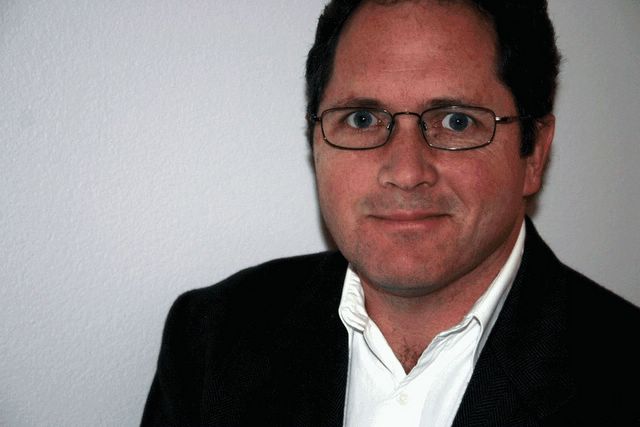The use of bioengineered tissues is often considered for organ regeneration and regeneration of other macro structures (ears, pancreas, etc.), but it seems clear from recent research that a wealth of applications of bioengineering will be realized on smaller scales. Why players in the medtech industry should consider this is that some applications have the potential to preempt entire device industries. Culling just a few examples I found today on bioengineering applications limited to cardiology shows this pretty clearly.
Bioengineering could replace pacemakers. In the September 5 article of Circulation, it was shown that delivery of a bioengineered cell-surface protein to the cardiac tissue of pigs could effectively regenerate the sinoatrial (SA) node, the principal site for controlling heart rhythm.
Discovery of new gene that stimulates the growth of natural bypasses. Researchers at the Max-Planck Institute for Heart and Lung Research in Germany identified a gene responsible for inducing the formation of collateral vessels, which bypass blocked arteries. Further, researchers were able to demonstrate an ability to enhance the growth of the collateral vessels, or "natural bypasses", in order to improve the results of surgical interventions or, perhaps one day, preempting surgery entirely.
The heart can heal itself. Additionally reported at the World Congress of Cardiology in September, it has been discovered that mammalian hearts possess a reservoir of stem cells that contribute to the formation of new vessels and myocytes during the course of the organism's lifespan and that, further, it may ultimately be possible "to induce the stem cells residing in the heart to migrate to the sites of damage forming new vessels and myocytes."
Hammering away as I do on my theme that discoveries in the biological sciences hold eminent potential to preempt the symptoms-oriented treatment provided by devices, but that biotech inevitably underestimates the developmental hurdles in doing so, it is clear that the potential offered up here in bioengineering cardiac tissue is very likely as understated as are the challenges.
Tags: medtech, biotech, bioengineering
Wednesday, September 06, 2006
Subscribe to:
Post Comments (Atom)

No comments:
Post a Comment